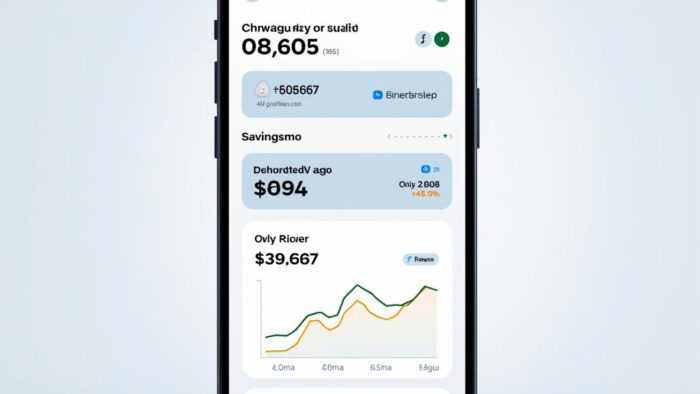Budgeting Strategies for Financial Freedom
Achieving financial freedom is a goal that many aspire to, but not everyone knows where to start. One of the most effective ways to reach this goal is through the implementation of robust budgeting strategies. Budgeting doesn’t just help in managing finances; it empowers individuals to take control of their financial future. In this article, we will explore various budgeting strategies for financial freedom, and how to apply them effectively in your life.
Understanding Financial Freedom
Financial freedom is the state of having enough personal wealth to live without having to work actively for basic necessities. This can mean different things for different people, but generally, it involves:
- No debt or very manageable debt levels.
- Ability to save and invest for future goals.
- Emergency funds to cover unexpected expenses.
- Having the choice to work for pleasure, not out of necessity.
Achieving financial freedom requires proper planning, discipline, and most importantly, effective budgeting strategies.
Why Budgeting is Essential for Financial Freedom
Budgeting is the process of creating a plan to spend your money, which helps you determine in advance whether you will have enough money to do the things you need to do or would like to do. Here are a few reasons why budgeting is crucial:
- Control Over Finances: By keeping track of your income and expenses, you know exactly where your money is going.
- Identifying Financial Goals: Budgeting helps you define your financial priorities, whether it’s saving for a home, retirement, or education.
- Avoiding Debt: A well-structured budget allows you to allocate your income wisely, minimizing the chances of falling into debt.
- Building Savings: Budgeting helps ensure that savings are part of your monthly routine.
Key Budgeting Strategies for Financial Freedom
1. The 50/30/20 Rule
The 50/30/20 rule is a simple budgeting strategy that divides your after-tax income into three categories:
- 50% for Needs: Allocate half of your income to essentials such as housing, utilities, and groceries.
- 30% for Wants: This portion can be used for discretionary spending like dining out, entertainment, and vacations.
- 20% for Savings and Debt Repayment: Use this to build your savings, emergency funds, or pay off debts.
By following this rule, you can create a balanced budget that allows for both needs and wants while ensuring you are saving for the future.
2. Zero-Based Budgeting
Zero-based budgeting means that every dollar you earn is allocated to specific expenses, savings, or debt repayment until you reach zero. This requires you to justify every expense, allowing for more mindful spending. Here’s how to implement zero-based budgeting:
- Calculate your total income for the month.
- List all your expenses, including fixed, variable, and discretionary expenses.
- Assign every dollar of your income to these categories until no money is left unassigned.
This method can significantly improve your awareness of spending habits and help identify areas for reduction.
3. The Envelope System
The envelope system is a cash-based budgeting strategy where you allocate a specific amount of cash for different spending categories. Here’s how to effectively use the envelope system:
- Identify categories where you tend to overspend, such as dining out or entertainment.
- Set a cash limit for each category for the month and place that cash into labeled envelopes.
- Once an envelope is empty, you cannot spend anymore from that category until the next budgeting cycle.
This physical limitation helps control impulsive spending, making it a popular choice for many looking to curb their expenses.
4. Invest in Budgeting Tools and Apps
In today’s digital age, there is an array of tools and applications designed to assist with budgeting. Options like Mint, YNAB (You Need A Budget), or EveryDollar simplify tracking spending, creating budgets, and monitoring financial goals. Here are some benefits:
- User-Friendly Interface: Most budgeting apps are straightforward and user-friendly.
- Automated Tracking: They can automatically track transactions and categorize spending for you.
- Reminders and Goals: Set reminders for bill payments and reach savings goals easily.
5. Review and Adjust Your Budget Regularly
Budgeting is not a one-time task. It’s essential to review your budget regularly—monthly or quarterly—to:
- Assess your spending in each category.
- Identify areas where you can cut back.
- Adjust for any life changes, such as a job change or a new expense.
This continuous assessment allows you to stay on track towards achieving financial freedom.
Conclusion
Achieving financial freedom is a journey that requires discipline, strategy, and continuous effort. By implementing these budgeting strategies, you can take meaningful steps towards managing your finances effectively. Remember to choose a budgeting method that suits your lifestyle, track your progress, and be patient with yourself as you work towards your financial goals. Financial freedom is not just a dream; with these strategies, it can be a reality.


